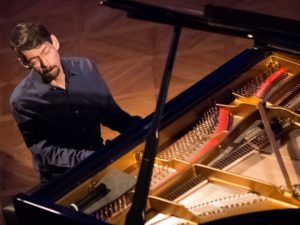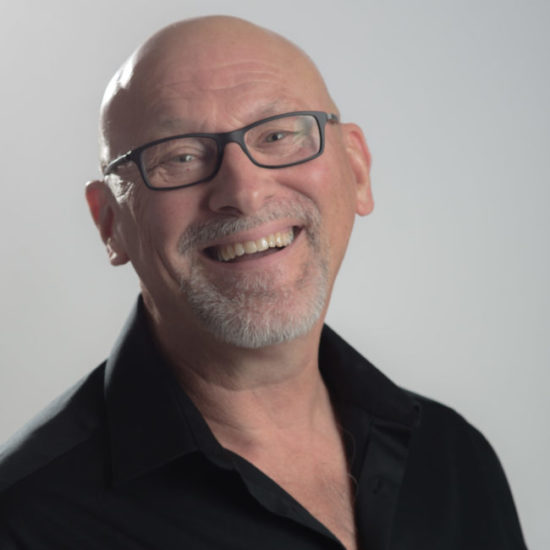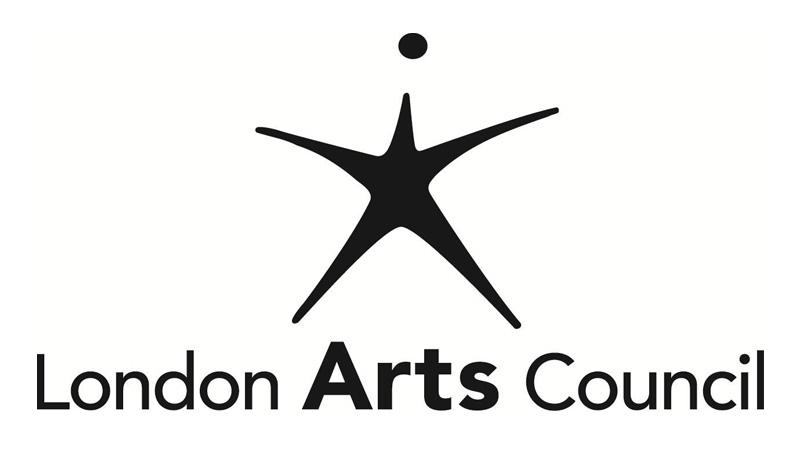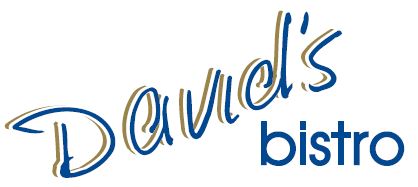I always smile (well, kind of) when I hear people chopping music up…
You know… “Well, I don’t like jazz (or classical or country or…) I only like _______“. It’s as though there is a start and stop to each of the styles – they somehow spring up from nowhere as if by magic.
Music is actually a continuum isn’t it? A single tapestry of sound through the ages with many sidebranches – but all tracing back to what went before.
Let’s look at what we call classical (another term I’ve never really understood). That encompasses a number of ‘periods’ really, from medieval to renaissance to baroque to classical to romantic to post-modern.
Way back when, the medieval period was characterized with the playing of single instruments, rooted in folk style. The music itself was often spontaneously created. Then musical notation (hey – let’s write it down!) became the breakthrough technology now more musicians could play music together. We now call that an orchestra. Early composers worked with those relatively small orchestras to produce larger musical works. Then I think of Bach and his skill at weaving four-part harmonies; moving music up a notch and bringing more complexity and interest to what was till then (in my opinion) pretty tiresome listening. Orchestra instrumentation grew – and Mozart (the Frank Zappa of the period) wrote more sophisticated and emotional work. His music became popular with the common folk, not just the noblesse. Each musical plateau became a base for a new approach.
Then what? Well, the piano appeared in what we call the romantic period and that provided the impetus for new approaches to music as we moved to much more expressive and emotional music. Beethoven, Schuber, Schumann, Chopin, Mendelssohn are but a few of the greats of that time.
But why stop there? Claude Debussy and Maurice Ravel moved to the next level bringing impressionism to music. Their approach is noted for their frequent use of nontraditional tonalities and like visual impressionism conveys musical colour. Listen to these two composers and you can hear the musical foundations for… (wait for it) what came to be known as jazz. Well, actually the blues got in between the two – but you get the idea.
It’s all interrelated isn’t it.
So…what IS jazz anyway? To me it is music of expression. The only form where, beyond the structure of the song the performer is totally free to interpret. Certainly all music is expressive; but good jazz provides absolute freedom to do that.
We often think of jazz in terms of ‘standards’ – the American popular standards of the last 60-70 years actually. But I listened to Laila Biali at the Aeolian last night and heard something different. Laila is an excellent writer/arranger and an inspiring pianist and singer. She interpreted David Bowie, Joni Mitchell and Neil Young works in a modern, relevant, jazz-infused way that breathed new life into those songs. That’s what jazz should do – innovate, recast, reframe – bring a new perspective to a beautiful, familiar melody.
Try this sometime. Go to a concert of music you don’t think you’ll like. Buy a glass of wine, sit down, completely open your mind to what comes. No judgements, no pre-conceived expectations. Just let it wash over you. And appreciate that time. What did you hear? What did that concert say to you?
There is lot of good music out there. And a lot of music that can move us. It’s too bad we become so compartmentalized in our approach sometimes!
Do n’t forget about Fred Hersch coming to the Aeolian on March 29th. Tickets are moving – don’t miss this show.
n’t forget about Fred Hersch coming to the Aeolian on March 29th. Tickets are moving – don’t miss this show.
Fred is a master of ‘new music’.
I’ll be back shortly with Fred’s comments on what’s happening in his musical world.
Till then stay warm and keep lovin’ live music. Bryan


























